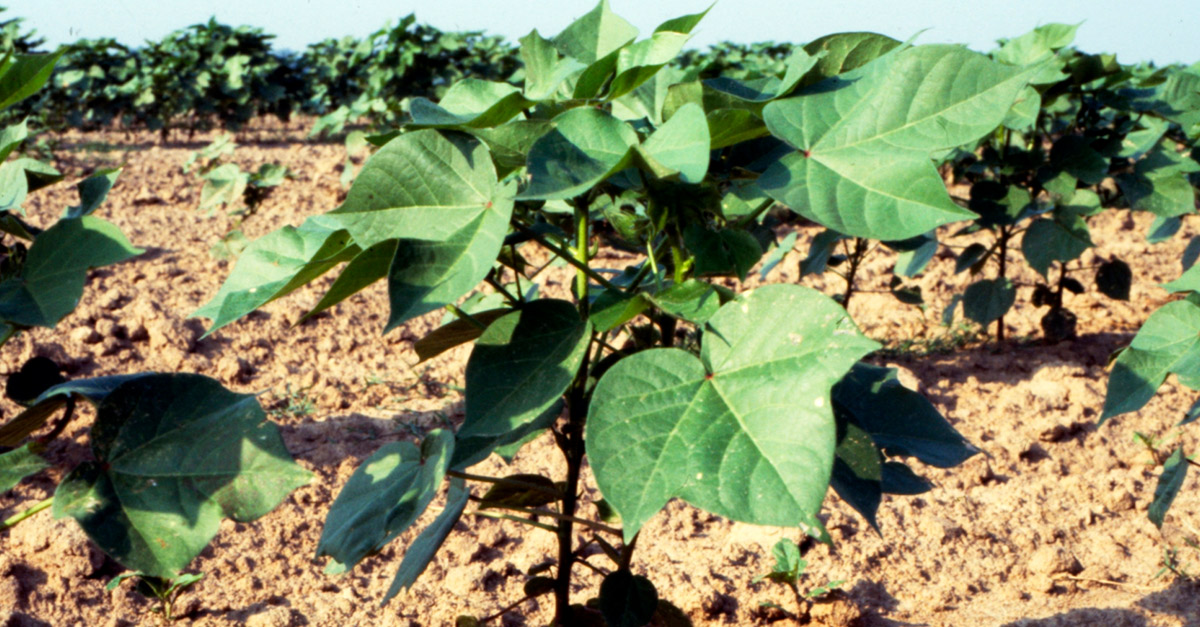Stability Provides Balance
Following the turbulent events in the cotton industry in 2008, the question remains as to how much the situation has calmed down in the face of the global economic situation. The biggest and most important of all the natural fibres has quite clearly felt the effects of the financial and economic crisis. Retail turnover has decreased and global cotton consumption has fallen by an unusually high amount. The keyword of the moment is stability. The relevance of a balanced and stable situation can now be seen when looking back at the futures market. Speculation activities led to a partial loss of the market’s hedging function in 2008, with significant consequences for the traditional market participants, who were either forced to withdraw from the market or pulled out voluntarily. The number of large cotton traders fell by more than one third.
Looking at several regions, the world cotton situation is currently undergoing significant changes. Global production was heavily in decline compared to the 2007-08 season, with the crop volume falling from 26 million tons to an estimated 23 million tons in the season that has just ended. In the current season, even less cotton is likely to be harvested. China has cut the cotton growing area by around 12 percent since the previous season, or by more than 700,000 hectares. One cause of this was the low price level of seed cotton. Following enormous cuts in the area under cotton in the previous seasons, the United States has only slightly increased its area, by around 100,000 hectares. Larger cotton crops are expected in, among others, India and Australia.
Decreases were also recorded in consumption. Based on the 2007-08 season, the 2008-09 season will see a 3.3 million ton fall in volume. The influence of the People’s Republic of China can also be clearly seen here. The use of fibre in China in the last season slumped by around 1.9 million tons, which left its mark on the world’s balance. India and Pakistan, in second and third place at the top of the cotton consuming countries, also used less cotton.
Competing with Synthetics
Synthetic fibre continues to be cotton’s largest competitor which, realistically seen, is also certain to remain the case in the future. Actually, with a view to the current trend, the situation is likely to become even worse. A fundamental step that is needed to meet the challenges of the market is the continuing advances in seed cultivation, in order to guarantee a constant increase in quality. This point can hardly be stressed enough in the face of increasing demands from industry.
We are faced with the problem that synthetic fibres are more attractive in terms of price than cotton — polyester is considerably cheaper and is taking market share from the natural fibre. A rise in prices was also reflected in falling turnover. The consuming industry cannot turn this into attainable yarn prices. However, at the beginning of the production chain, the situation is slightly different: for growers, there are crops available that are significantly more interesting in terms of price, which means that cotton seed is not automatically the first choice of farmers when doing their seasonal planning. Producers are faced with a further difficulty in the form of the weak dollar. The competing crops, together with the value of the dollar, are exercising significant pressure on production volume which means that less and less cotton is being produced. Falling crops, on the other hand, have an effect on prices — they are rising.
The process of declining cotton production and rising prices is hardly the result of a healthy situation of supply and demand, but can be attributed to an imbalance in the circle of the different production stages. We need to find stability in order to be able to provide balance to the first steps of the supply chain, which are the focus here. A balanced, long-term provision policy is an effective strategy.
However, the current trend in the consuming industry tends to favor short-term periods of provision, which is very counterproductive for the preceding industries. We should look at this problem from both sides. The industry has no planning reliability, which in turn affects the following production stages. It is here that the chain of production reveals itself as a fragile construction — the interconnecting stages depend on long-term, reliable relationships in order to remain permanently stable and therefore productive.








